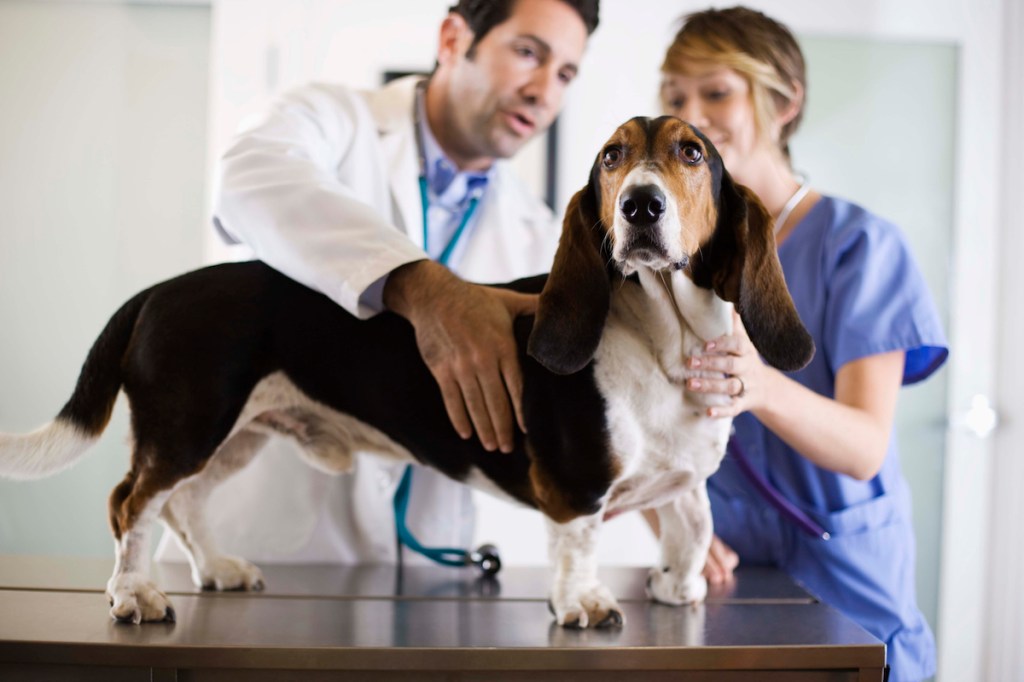Persistent Müllerian duct syndrome in dogs is a medical condition that causes male canines to develop female reproductive parts. The condition is also referred to as PMDS.
Specifically, about half of male dogs who suffer from the problem end up with undescended testicles. Usually, dogs are born with the condition. In particular, the Miniature Schnauzer, Papillon, and Belgian Malinois are predisposed to it.
If you see signs that your dog might be suffering from PMDS, then you must consult your veterinarian for a proper diagnosis and course of treatment. Here’s what you should know about the symptoms, causes, and treatments of the problem in dogs.
Symptoms of persistent Müllerian duct syndrome in dogs
PMDS in dogs most often results in a male dog having one or two undescended testicles. Technically, this is called cryptorchidism.
Additionally, complications can develop from persistent Müllerian duct syndrome. For example, some of the most common complications include:
- Infertility
- Swollen stomach
- Vomiting
- Testicular tumors
- Fever
- Collapse
Causes of persistent Müllerian duct syndrome in dogs

The cause of the condition is a genetic mutation. Specifically, it causes male canines to develop certain parts of the female reproductive system. For example, a dog may develop reproductive parts, including fallopian tubes, an upper vagina, and a uterus. Despite this, a male dog’s external genitalia will appear to look normal.
The following breeds are predisposed to suffering from PMDS:
- Miniature Schnauzer
- Papillon
- Belgian Malinois
- Basset Hound
- English Cocker Spaniel
- Leonberger
- Doberman Pinscher
Treatments for persistent Müllerian duct syndrome in dogs
Firstly, if you think that your pup might be developing PMDS, your veterinarian will want to carry out a full physical examination of your dog. Additionally, your vet will ask about your dog’s complete medical history. This will include any breed-specific problems.
Secondly, ultrasounds are often used to identify PMDS. Ultimately, genetic testing can confirm the condition.
Generally, treatment requires surgery. Specifically, this is to remove the uterus and any undescended testicles.










